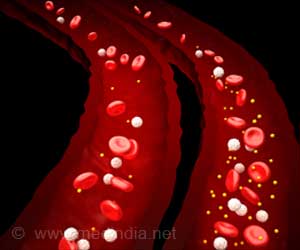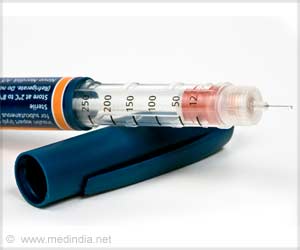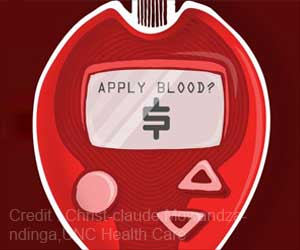- Micro-RNAs and proteins in the blood can detect people at high-risk for developing type 2 diabetes
- Circulating proteins and micro-RNAs in the blood can monitor beta cell function and identify individuals at high risk of developing diabetes
- Proteins and miRNAs in the Epithelial-Mesenchymal Transition pathway predicted a decline in beta cell function and glucose tolerance
Most cases of diabetes can be prevented by identifying those at high risk for developing type 2 diabetes.
“This project is a great example of a productive collaboration between University and industry researchers, bringing cutting-edge technology to bear on an important public health issue, using carefully collected samples from well-characterized individuals,” said, lead author of the study, Professor John Petrie, Institute of Cardiovascular and Medical Sciences, University of Glasgow.
Few years before developing type 2 diabetes, cells scattered throughout the pancreas (beta cells) work overtime to produce extra insulin and to keep the blood glucose levels within the normal range. But, when diabetes develops, beta cells become exhausted and no longer make enough insulin to process and store food.
For the study, the research team looked at the proteins present in the blood samples of the participants three years before they developed type 2 diabetes. The blood samples were then compared to participants of similar age and weight who maintained normal blood glucose levels over the same period.
Proteins such as adiponectin, endocan, and sialoadhesin show potential in both monitoring and predicting future decline in beta cell function. Low levels of adiponectin are associated with beta cell dysfunction and are top predictors of impaired glucose tolerance.
Dr Petrie added, “We are sharing the findings openly with the diabetes research community today in the hope that our findings can help in the global effort to tackle the ongoing pandemic of type 2 diabetes and its complications.”
The study, ‘Identification of novel biomarkers to monitor cell function and enable early detection of type 2 diabetes risk’ is published in the journal PLOS ONE. The team hopes to conduct further research to validate the findings and follow-up to develop new drug targets for diabetes drug development.
Type 2 Diabetes
Type 2 diabetes is a condition characterized by high blood glucose level and serious long-term complications affecting the eye, nerve, heart, reducing life expectancy. Globally, 415 million people have type 2 diabetes. It is predicted that the numbers would rise to 642 million by 2040. Factors that play a key role in preventing diabetes are earlier and more intense intervention in reducing calorie intake, increasing physical activity, and preventing weight gain associated with poor lifestyle.
Reference:
- Identification of novel biomarkers to monitor β-cell function and enable early detection of type 2 diabetes risk - (http://journals.plos.org/plosone/article?id=10.1371/journal.pone.0182932)
- Kirstine J. Belongie, Ele Ferrannini, Kjell Johnson, Patricia Andrade-Gordon, Michael K. Hansen , John R. Petrie. Identification of Novel Biomarkers to Monitor β-cell Function and Enable Early Detection of Type 2 Diabetes Risk. PLOS ONE. (2017). DOI: https://doi.org/10.1371/journal.pone.0182932
















